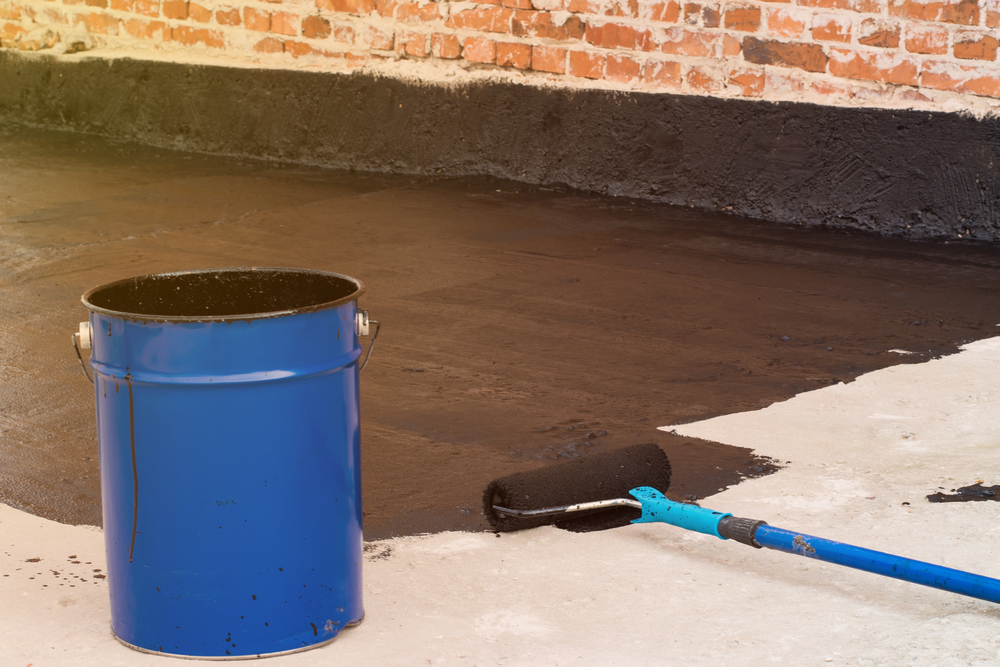During the Winter, you should take several precautions to prevent and prepare for water damage in your home. By working diligently, you can prevent most water damages to the basement of your house with a few simple steps. If you live in a cold-climate area, you are likely to get snow. As the snow melts when temperatures begin to thaw, water can pool into the lowest levels of your home. Almost all homes experience water damage in one form or another, so this maintenance is not to be ignored.
Expected Damages
Sobering data shows that ninety-eight percent of homes featuring below-ground basements experience water damage from leaks or weather at some point in the lifetime of the home. The end of the coldest season is the most precarious time of year where flooding due to thawing is likely to incur. When temperatures outside begin to warm, there is also potential for heavier rain. This only adds fuel to the fire when it comes to possible flooding.
Snow Impacts
Depending on your area, snowfall totals will vary. In locations with higher accumulations, there is more water building up. When the weather stays colder for longer periods with heavy snowfall, you are at the highest risk. All that water must go somewhere when it thaws. The water will seep into the ground and travel into cracks.
Effects from Water
A twenty-foot wide, ten-foot high pile of snow is comprised of nearly 2,600 gallons of frozen water. While it may look pretty in this crystallized form, the potential damages from that magnitude of accumulation can prove to be deadly once it begins to thaw. Be sure to make all your necessary waterproofing while the snow is still frozen. Taking time and a small investment can save you a lot of time and money in the long run.
More Water in Spring
Spring is the time of year when all the birds return North and the animals come out of hibernation. Children head outside to play as the weather is warming. However, the milder weather could be catastrophic for you if you haven’t taken time to waterproof your basement. Snow will melt, creating puddles and mud or even flooding conditions. Spring also brings showers and rainstorms. This will add to the accumulations deeper waters that can pool around the structure of your house. The average roof will receive around a thousand gallons of water for every inch of rain. All this water must go somewhere. Make sure you’re prepared, so it doesn’t end up in your home and costing you in repairs.


